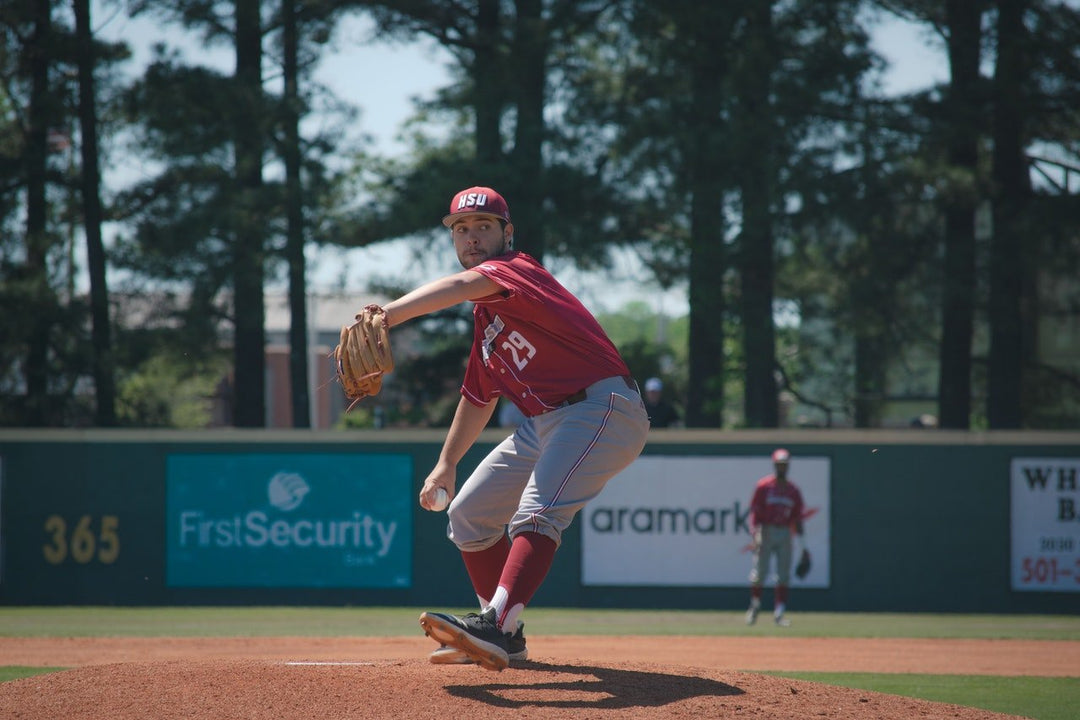How to Run a Fast, Focused Softball Practice That Players Actually Love

BUILDING A MORE EFFECTIVE PRACTICE PLAN
If you've been around fastpitch softball for a while, this may sound familiar — but for new coaches, this is one of the most important lessons you can learn:
The fastest way to lose your players’ focus and waste practice time is to let them stand around doing nothing.
First — THANK YOU, COACH!
Seriously. Coaching takes time, energy, and a whole lot of patience. It’s not always easy, but it’s incredibly rewarding when you see your players grow — not just in skill, but in confidence, teamwork, and love for the game.
So let’s make sure the time you and your players are spending on the field is productive and purposeful.
THE BIGGEST PRACTICE MISTAKE TO AVOID
The classic rec-league scene:
One player at bat.
The coach is pitching.
Everyone else is just... standing around in the field.
That’s not practice — that’s a waste of time.
At best, one player might improve slightly. At worst, you’ve got a group of kids tuning out and disengaging. And when kids disengage, they stop learning — and stop having fun.
THE KEY: KEEP EVERY PLAYER ACTIVE
Your #1 goal when planning practice should be:
Maximize touches. Maximize reps. Minimize standing around.
Here’s how:
🛠️ Break the Team into Groups
Split your team into 2 or 3 groups and rotate through stations. Examples:
-
Group 1: Infield work — fielding ground balls with live fungo or rolled reps
-
Group 2: Outfield work — fly balls, drop steps, communication drills
-
Group 3: Hitting — a rotation of tee work, soft toss, front toss, and timing drills
This model gives everyone reps, keeps players engaged, and allows you to correct technique in smaller groups.
💡 No Assistant Coaches? Still Works.
Even if you’re coaching solo, you can still run efficient, fast-paced practices:
-
Throwing drills like the Star Drill or Around the Horn
-
Partner drills with paired-up hitters using tees or soft toss into a fence
-
Baserunning circuits tied to hitting drills (e.g. players run on contact or ball type)
With a little creativity, you can keep everyone moving, learning, and improving — even without help.
COMBO DRILLS = DOUBLE VALUE
You don’t always need to isolate one skill at a time. Create combo stations that simulate game situations and develop multiple skills at once.
Example:
-
Station 1: Front toss hitting while the baserunning group works on reads (e.g., getting a good jump on ground balls or reading line drives)
-
Station 2: Defense and communication drills with relays or cutoffs
-
Station 3: Small-group situational scrimmage — think 1 out, runner on second, and coach calls the play
These keep things moving and help players translate their reps into real game IQ.
PLAN YOUR TIME — AND STICK TO IT
Having a written practice plan keeps you focused and efficient. A basic outline might include:
-
Warmups + throwing progressions – 15 mins
-
Skill rotations (3 stations, 20 mins each) – 60 mins
-
Situational defense or competition games – 20 mins
-
Cool down, announcements, team talk – 5 mins
Bonus Tip: Use time limits at stations. If you have 4 hitting drills, give each 5 minutes and rotate. That keeps energy high and prevents any drill from dragging.
EXAMPLE: 2-HOUR PRACTICE FLOW
Here’s a simple, effective 2-hour plan:
-
Warm-up + throwing: 15 minutes
-
Three 20-minute skill stations: 60 minutes total
-
Station 1: Hitting (tees, toss, live front toss)
-
Station 2: Infield/Outfield reps
-
Station 3: Catching or pitching (or mix in a fitness station)
-
-
Short water break: 5 minutes
-
Situational play / scrimmage: 20 minutes
-
Team meeting & wrap-up: 5 minutes
Always have one or two backup drills ready in case a station wraps up early or a skill needs extra attention.
WHAT IF YOU’RE INDOORS?
Batting cages can still be high-impact practice environments. Try this:
-
Bring in players in groups of 3 or 4 for 45-minute sessions
-
Run hitting stations, front toss, or hand-eye coordination drills
-
Add quick base-running or agility challenges between hitting rounds
Yes, it keeps you (the coach) there a little longer — but your players get quality reps in a short amount of time, and that adds up.
LAST RULE: NEVER HAVE THE SAME PRACTICE TWICE
This is a gem from legendary coach John Tschida (University of St. Thomas):
“Always mix it up.”
-
It keeps players engaged
-
Builds a wider range of skills
-
Encourages adaptability and game awareness
-
Keeps YOU fresh and motivated as a coach
WRAPPING IT UP
Fastpitch is a fast, strategic game. Your players need:
-
Reps 🔁
-
Conditioning 💪
-
Game awareness 🧠
-
Confidence 😎
And they can’t build any of that if they’re bored or standing still.
With a smart, active plan, you’ll not only help your team get better faster — you’ll become the coach players are excited to play for.
Now get out there and make every practice count!
🎒 The Ultimate Practice & Game Day Bag
Looking for a backpack that works as hard as your players do? The Top Pick II is the ultimate softball backpack — available in 10 bold colors, built to hold all your gear, and designed to look 🔥 on game day.
Click here to get yours now: PLAYER BACKPACKS
Click here to customize your entire team - TEAM BACKPACKS




